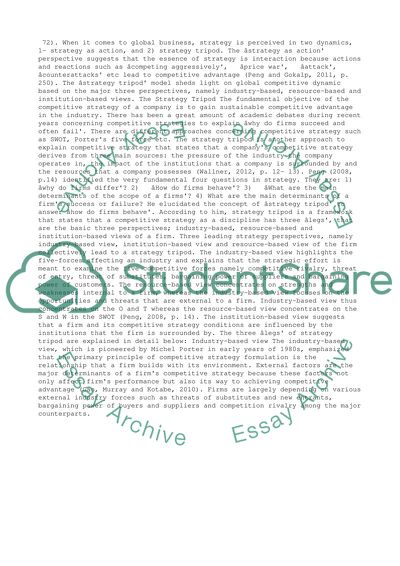Cite this document
(“Strategy Tripod Assignment Example | Topics and Well Written Essays - 1750 words”, n.d.)
Strategy Tripod Assignment Example | Topics and Well Written Essays - 1750 words. Retrieved from https://studentshare.org/business/1466095-strategy-tripod
Strategy Tripod Assignment Example | Topics and Well Written Essays - 1750 words. Retrieved from https://studentshare.org/business/1466095-strategy-tripod
(Strategy Tripod Assignment Example | Topics and Well Written Essays - 1750 Words)
Strategy Tripod Assignment Example | Topics and Well Written Essays - 1750 Words. https://studentshare.org/business/1466095-strategy-tripod.
Strategy Tripod Assignment Example | Topics and Well Written Essays - 1750 Words. https://studentshare.org/business/1466095-strategy-tripod.
“Strategy Tripod Assignment Example | Topics and Well Written Essays - 1750 Words”, n.d. https://studentshare.org/business/1466095-strategy-tripod.


